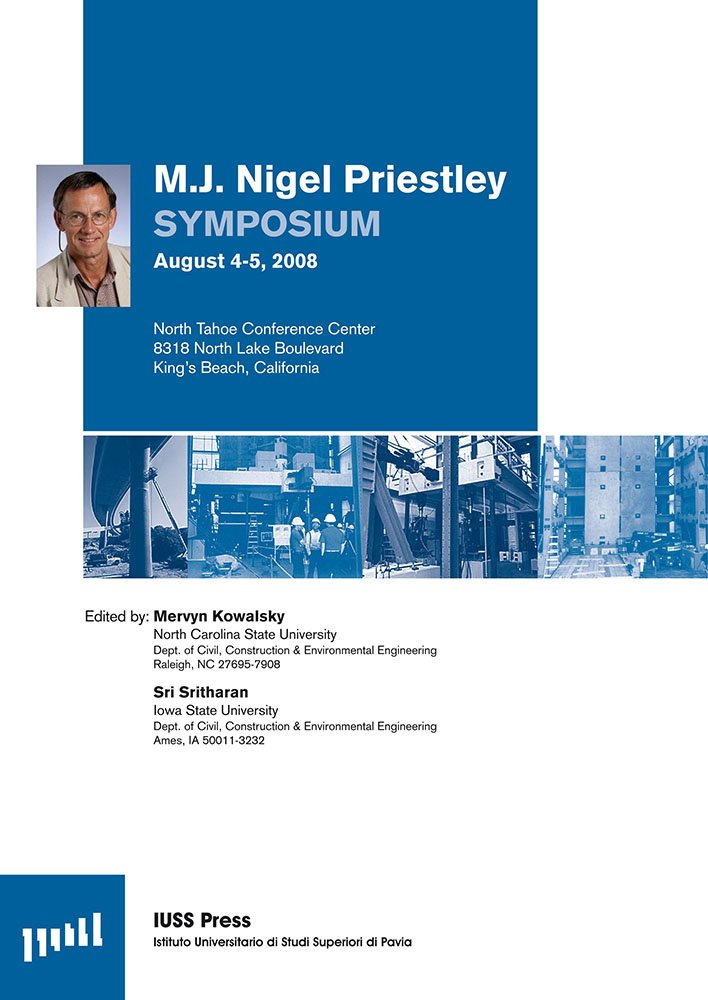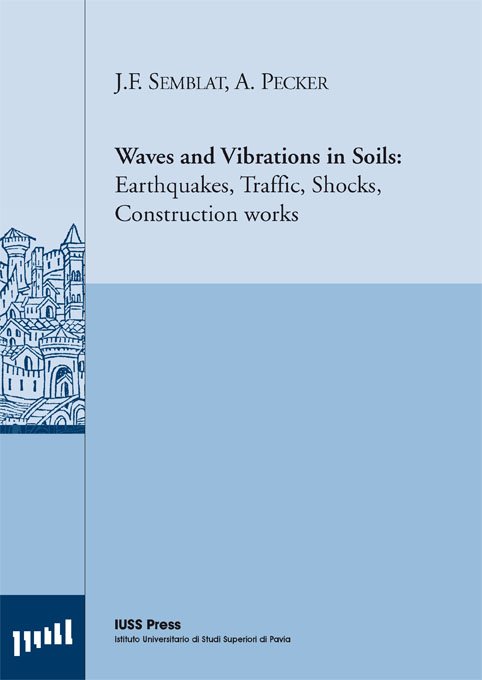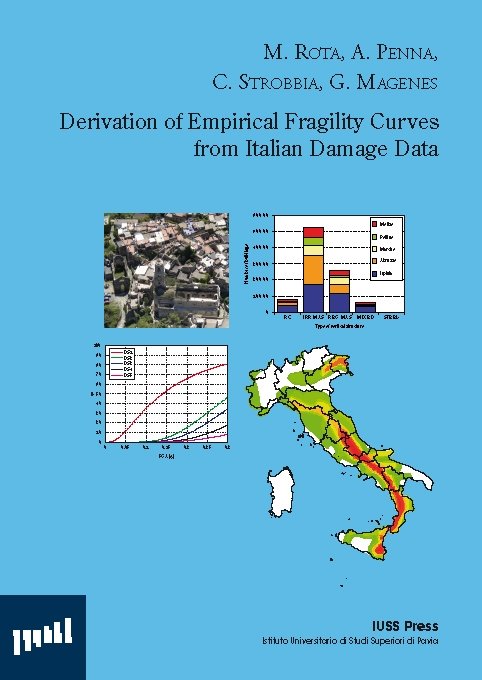Catalogo

Symposium
06/08/2008
Waves and Vibrations in Soils: Earthquakes, Traffic, Shocks, Construction works
04/01/2009Derivation of Empirical Fragility Curves from Italian Damage Data
Il prezzo originale era: € 25,00.€ 5,00Il prezzo attuale è: € 5,00.
M. Rota, A. Penna, C. Strobbia, G. Magenes
Research Report Rose 2008/08
ISBN: 978-88-6198-029-7
In case of an earthquake, the number of victims and the amount of economic losses depend significantly on the seismic behaviour of structures. Research on seismic vulnerability is hence needed, particularly for masonry buildings, which constitute the majority of urban and rural housing in Italy and in many other countries, and for which specific vulnerability studies are required.
FUORI CATALOGO
In case of an earthquake, the number of victims and the amount of economic losses depend significantly on the seismic behaviour of structures. Research on seismic vulnerability is hence needed, particularly for masonry buildings, which constitute the majority of urban and rural housing in Italy and in many other countries, and for which specific vulnerability studies are required. A common representation of vulnerability consists of fragility curves providing, for each level of ground motion, the probability of reaching or exceeding specified levels of damage. This study deals with the derivation of empirical fragility curves from observed post-earthquake damage data collected after the main Italian events of the last 30 years. Fragility curves are derived for selected building typologies, according to a damage scale based on the European Macroseismic Scale EMS-98, which includes 5 levels of damage, plus the case of no damage. Ground motion is described in terms of PGA and Housner intensity. The experimental damage probability matrices were processed to infer the parameters of lognormal distributions, using an advanced nonlinear regression procedure and taking into account the relative reliability of each experimental point, using the bootstrap technique. The results are deemed to be particularly reliable for some building typologies, such as masonry buildings and mixed structures, which are very diffused in Italy and to which the large majority of observed post-earthquake damage data refers to. The resulting curves show some peculiarities, partly due to the available sample data and partly to the adopted analytical model, which are discussed and explained. The obtained fragility curves in PGA were applied for deriving typological risk maps for the entire Italian territory. Such maps result from the convolution of hazard and typological fragility curves and can be eventually integrated with reliable inventory data to obtain classical risk maps.

